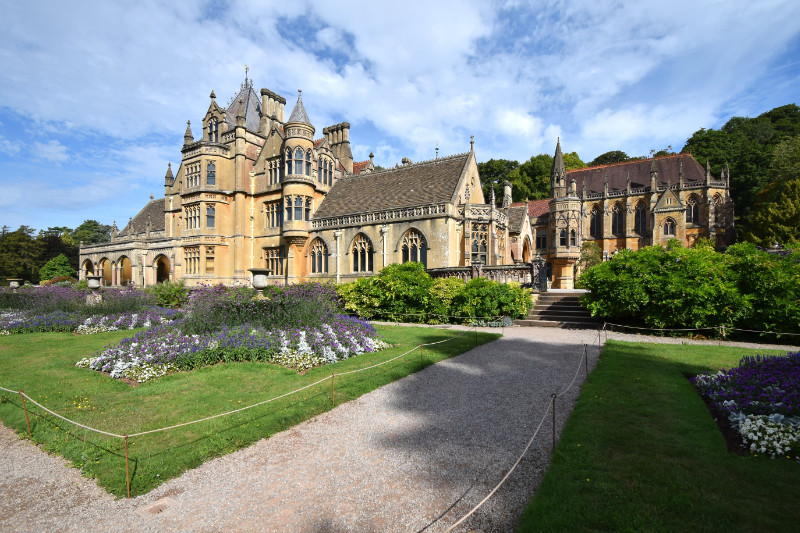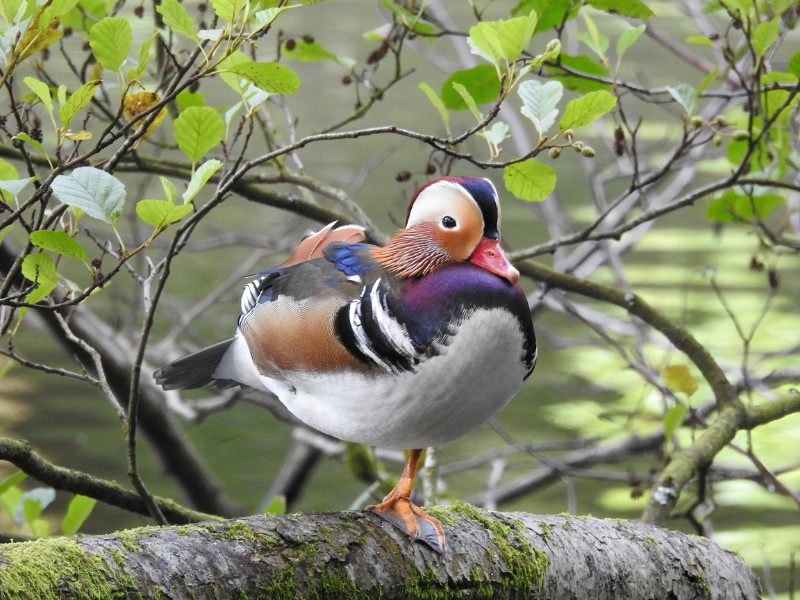I'm not a fan of Halloween. What was an easily ignored modest festival (All Hallows' Eve) has, in the past 20-30 years, become a confused, frenzied mish-mash of U.S. pumpkins and trick or treating, ghosts, ghouls, spiders, witches, bats, black cats, grave stones etc all served up in the tackiest ways possible way for the benefit of commercial interests. But, when you have grandchildren, you get drawn into aspects of it, hence our involvement in the trip to choose pumpkins and the carving of them in our kitchen. The pumpkin above, the work of one of our sons, features a Minecraft shape surrounding an Enderman. The accompanying photographs below were taken at the pumpkin field.
photos © T. Boughen Camera: iPhone





















